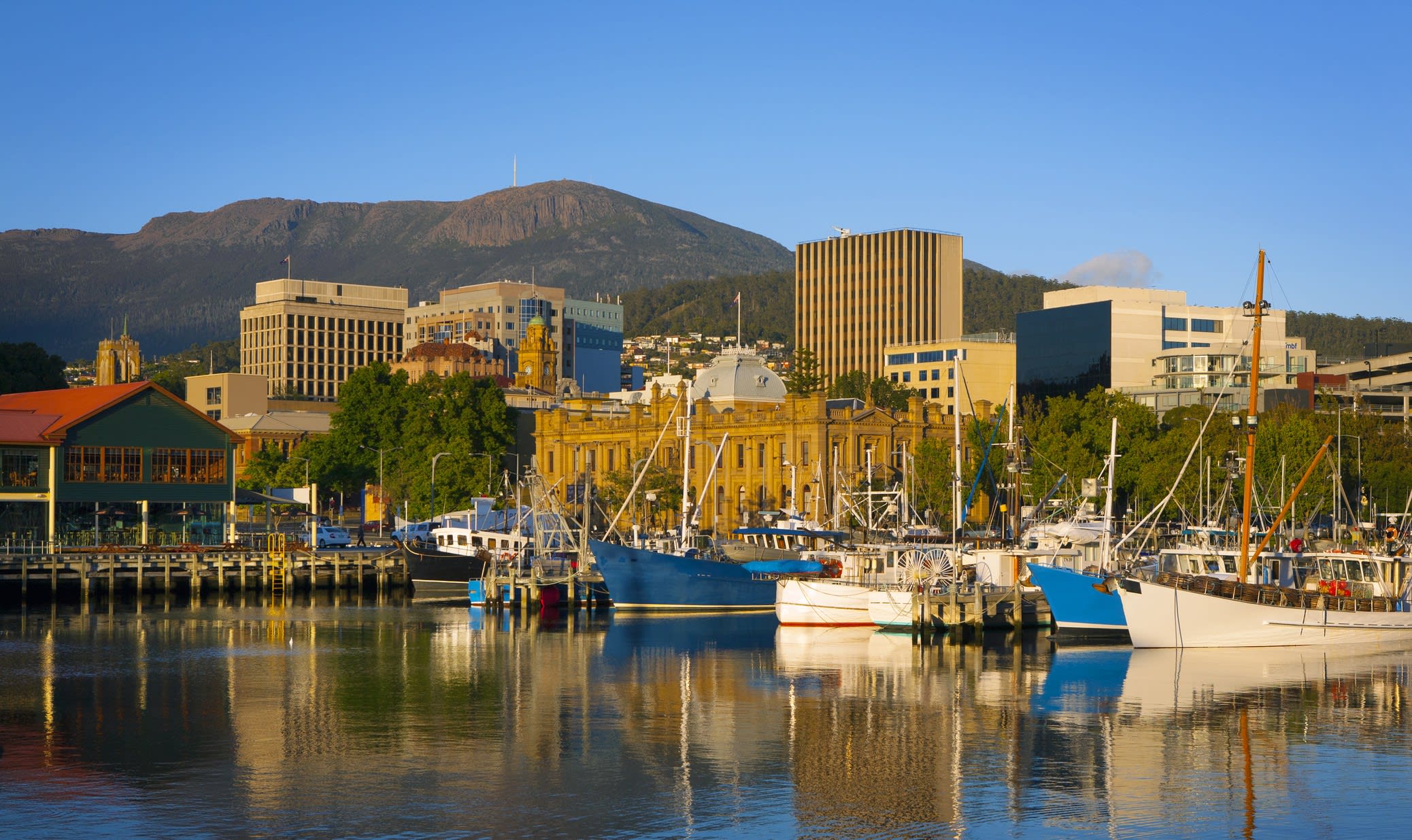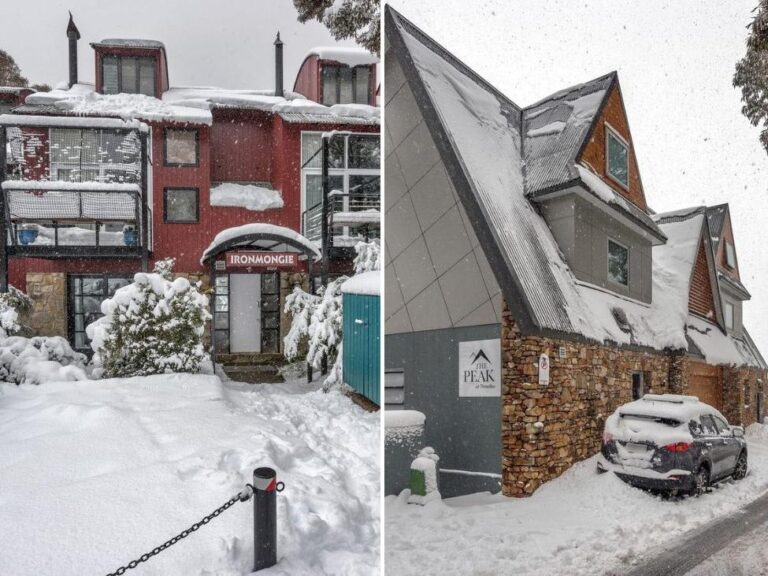Slowdown in demand eases rent growth in capital cities
[ad_1]
Rental demand appeared to ease in June, with the average number of rental property enquiries per listing falling by 4.6%, compared to the same time last year.
In the past five years the median weekly rent has increased by 46%, and in the past year by 9.1%; however, for the past five months has remained unchanged at $600.
In the combined capital cities, the weekly rent increased by 3% over the quarter, to $640 per week, but the growth is lower than in the same quarter last year when rents grew by 5%.
In contrast, the combined regional markets experienced higher growth, with rents increasing by 4% over the recent quarter, to $540 a week, compared to just 2% in the same period last year.
A significant factor influencing the slowing of rent price growth in capital cities is the decreased demand for properties.
The average number of enquiries per listing in the combined cities was 23.6 in June 2024, a 10.8% drop from the previous year. This suggests fewer potential renters are interested in the same property as they were in June 2023.
Despite the decrease in demand, the availability of rental stock remains critically low. This paradox can be explained by the various alternatives available to renters struggling to find a property to lease.
One alternative is purchasing a property. Recent lending data shows a 5% increase in owner-occupier home loans in May and a 6% rise in loans to first-home buyers compared to the same time last year.
Although buying a home is currently more expensive due to high property prices and interest rates, it offers greater cost certainty and security for many.
Demand for rentals in Hobart eased in June, compared to the same time last year. Picture: Getty
For renters unable to afford buying, shared accommodation presents another viable option.
The shared accommodation platform Flatmates.com.au has reported record numbers of renters searching for rooms and an unprecedented number of rooms available for rent, making it an affordable solution.
For those still seeking rental properties, some areas are experiencing less competition.
In Hobart, the average number of enquiries per listing in June was five, a 38% drop from last year.
Top 10 capital city regions with the largest % decrease in enquiries per listing
| Regions | Previous year | Current year | YoY % change |
| Hobart | 8.7 | 5.4 | -38% |
| Melbourne – South East | 49.2 | 32.7 | -34% |
| Sydney – Ryde | 48.4 | 34.5 | -29% |
| Sydney – Outer South West | 33.8 | 24.1 | -29% |
| Brisbane – Inner City | 23.2 | 16.7 | -28% |
| Sydney – North Sydney and Hornsby | 13.2 | 9.9 | -25% |
| Brisbane – West | 36.1 | 27.6 | -24% |
| Australian Capital Territory | 31.3 | 24.2 | -23% |
| Perth – North East | 34.5 | 28.3 | -18% |
| Sydney – Outer West and Blue Mountains | 32.9 | 27.0 | -18% |
Similarly, Melbourne’s South East saw 33% fewer enquiries, and Sydney’s Ryde had a 29% decrease.
Conversely, some areas have seen a rise in enquiries. In Melbourne’s West, there were 22 enquiries per listing in June, a 76% increase.
Adelaide’s South region saw a 75% rise, making it the most in-demand area in Adelaide for June.
Top 10 capital city regions with the largest % increase in enquiries per listing
| Regions | Previous year | Current year | YoY % change |
| Melbourne – West | 12.5 | 22.0 | 76% |
| Adelaide – South | 6.0 | 10.5 | 75% |
| Adelaide – Central and Hills | 6.2 | 9.3 | 49% |
| Sydney – City and Inner South | 14.8 | 22.0 | 49% |
| Perth – South West | 11.3 | 16.1 | 43% |
| Ipswich | 23.2 | 32.6 | 41% |
| Melbourne – Inner East | 16.1 | 21.8 | 36% |
| Sydney – Inner West | 5.1 | 7.0 | 36% |
| Melbourne – North East | 12.0 | 16.2 | 35% |
| Brisbane – North | 9.4 | 12.4 | 32% |
The struggle for renters to find and afford properties continues, exacerbated by rising prices and low rental vacancies.
Although the pace of growth in the median weekly rent has slowed and the rental vacancy rate has slightly increased, the moderate decline in enquiries per listing might persist as renters opt to buy or share housing due to high rental costs.
Nonetheless, rental enquiries are likely to remain high due to ongoing excess demand and limited supply.
[ad_2]
Source link






